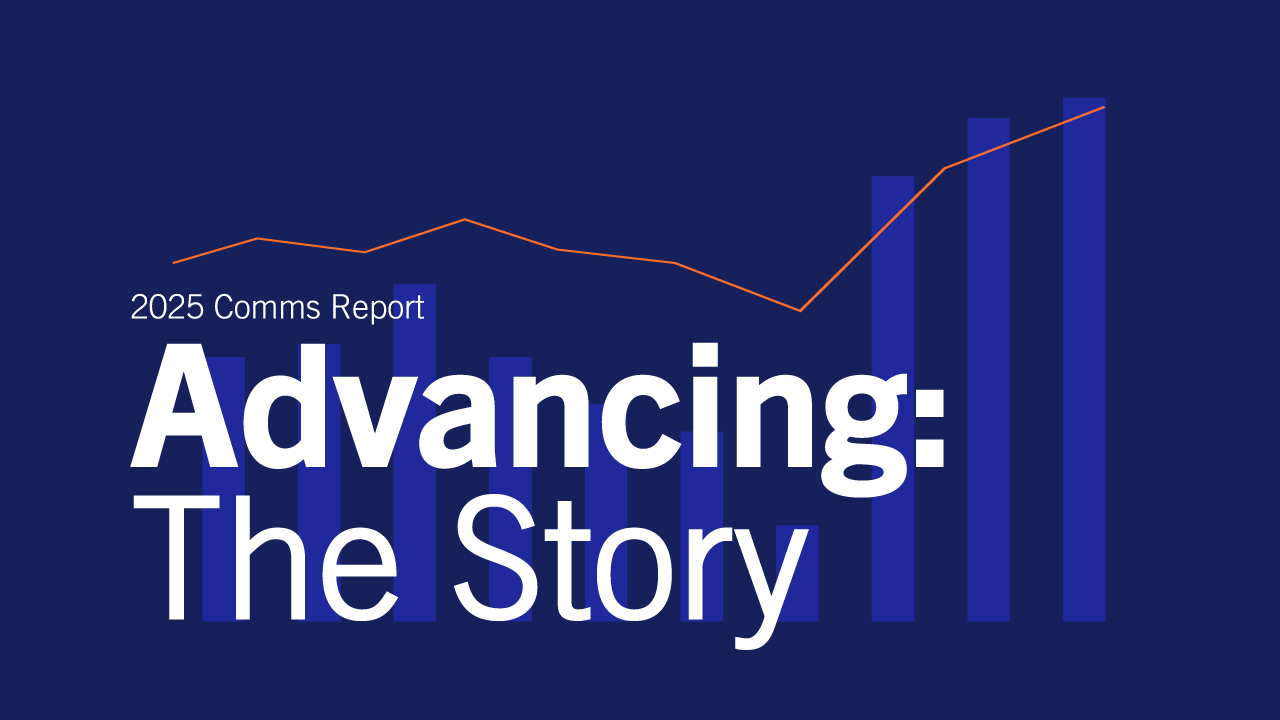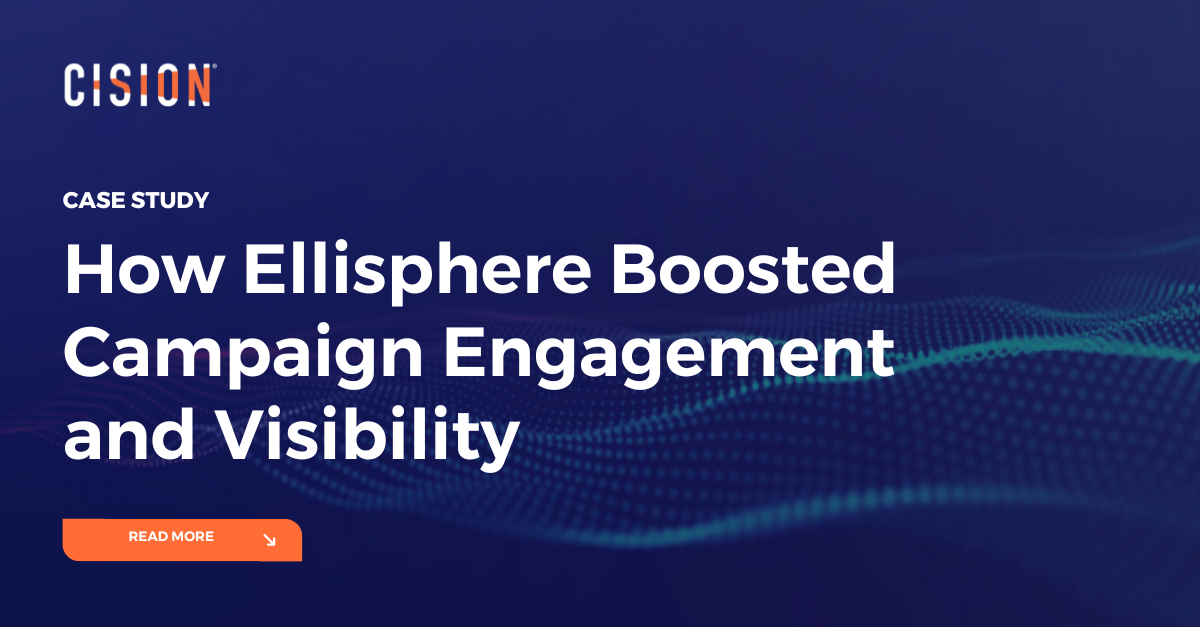New findings reveal how comms leaders use social media to elevate their PR strategies
In public relations and communications, it’s a constant struggle to keep up with the industry – from technological advances and changing market dynamics to new tactics and evolving audience preferences. So where do you turn for reliable insights that can truly inform your PR strategies? The answer: your peers.
Whether you’re focused on crafting more impactful messaging, refining your media relations approach, or leveraging new technologies to optimize your efforts, there’s no better place to gain insights than from professionals who are facing the same questions, striving for the same outcomes.
The 2025 Comms Report, a collaboration between Cision and PRWeek, reveals key insights from over 300 senior-level PR and communications leaders across North America. These findings represent the collective wisdom and experiences of those at the forefront of the communications field – and critical insight into current trends and best practices that can help inform your own strategy.
Among the biggest topics we explored this year was how communication teams are leveraging social media to engage their target audiences.
“Social media is not simply a distribution channel for PR and comms teams (though some might think it is!) - social is the front line of brand reputation,” says Meghan Meeker, Director of Social Media at Cision and Brandwatch. “PR and comms teams need to work closely with their social media team to move beyond reactive messaging and embrace real-time engagement, data-driven storytelling and content creation, and to create authentic connections with their audience."
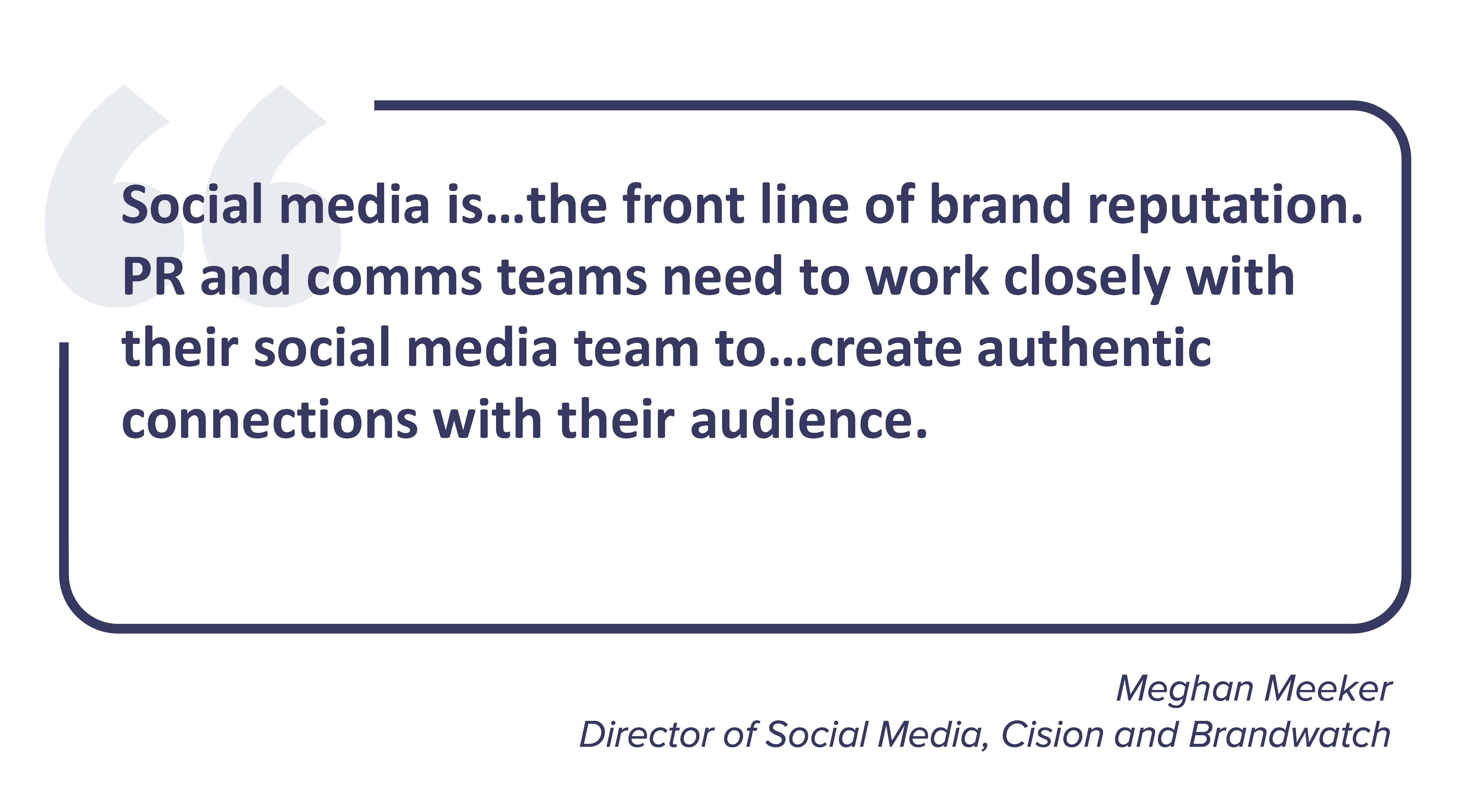
In this year’s survey, we asked industry leaders to weigh in on the social media platforms they are investing in now, where they plan to invest in the future, and how they are measuring success.
Let’s explore the findings and the biggest takeaways for PR and comms teams.
Key Priorities for PR and Comms Teams in 2025
When asked to rank the top priorities for their brands or clients, the 2025 survey reflects a clear focus on analytics and reporting (46%), followed closely by content creation (45%) media outreach/influencer management (37%), and social listening/engagement/channel management (37%). Notably, analytics and reporting has emerged as the top priority for nearly a quarter of respondents, signaling a growing emphasis on data-driven decision-making and the increasing need for measurable results.
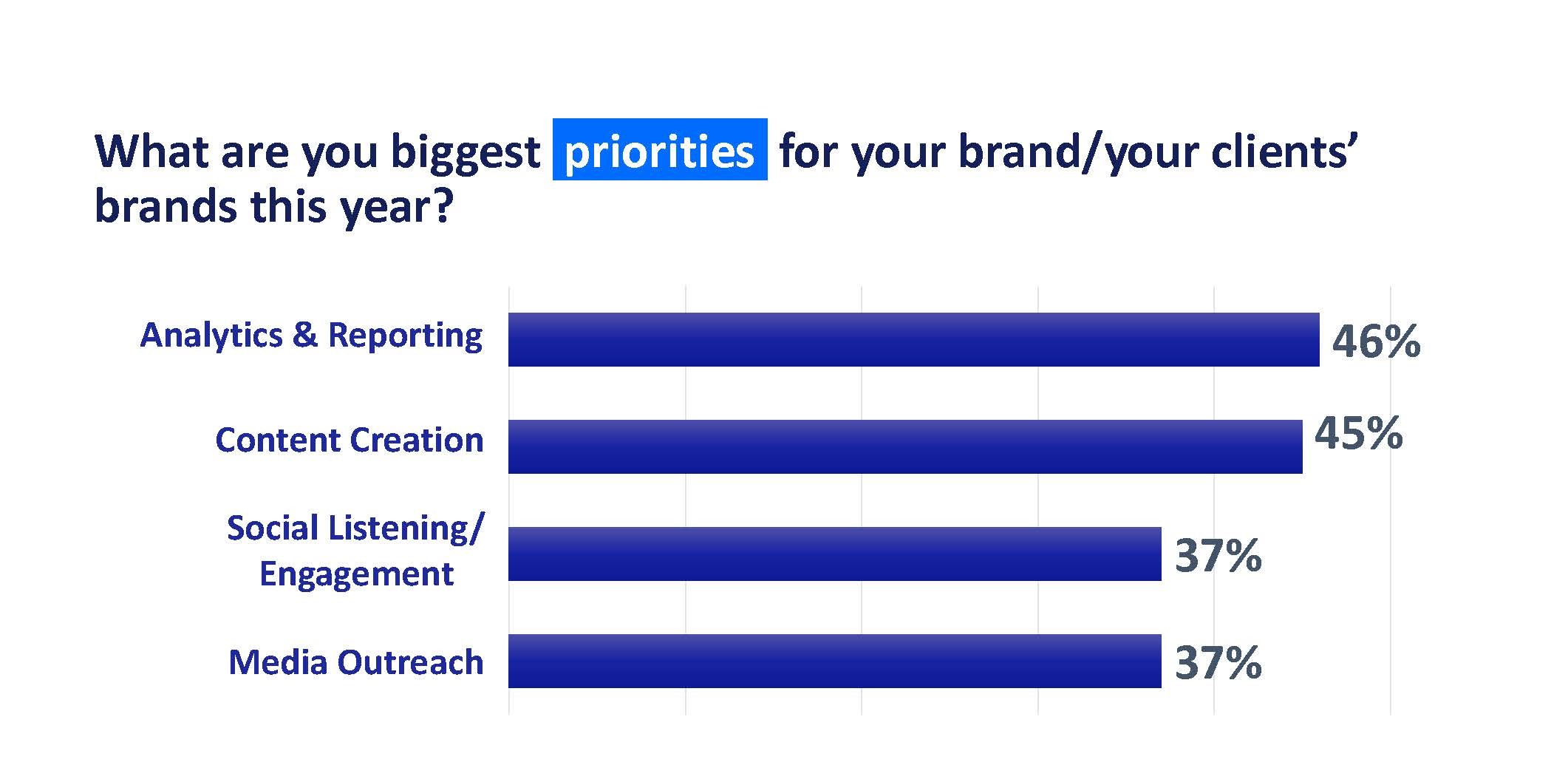
Key takeaway: Focus on leveraging advanced social media analytics and listening tools to understand if and how audiences are engaging with your content, which social media content is getting the most engagement (and why), and where there are opportunities to refine your social media content strategy and prove ROI.
Social Media as a Core Tactic
One of the most significant trends highlighted in the 2025 report is the rising reliance on social media as part of an overall comms strategy. Fifty-one percent of comms leaders say they plan to rely on earned social media more in the coming year, while 41% are investing more in paid social media as part of their strategy. This shift underscores the importance of not only organic engagement, but also the growing role of paid campaigns in reaching target audiences.
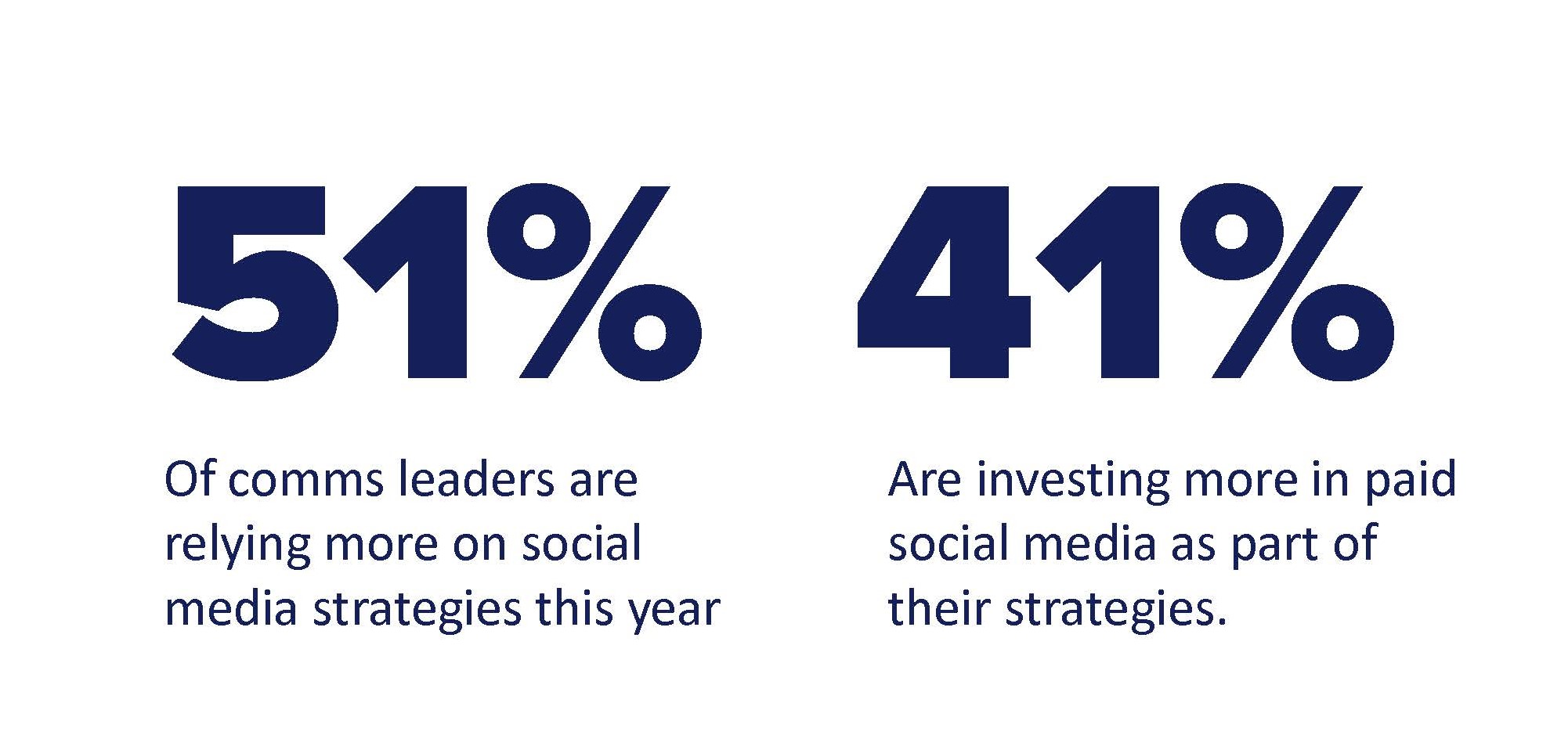
Key takeaway: If you haven’t yet expanded your use of paid social media, now is the time to experiment with targeted ads across platforms like Facebook, Instagram, and LinkedIn, which continue to dominate as top social platforms. In addition to helping you reach new audiences, the results of these efforts will provide a baseline by which you can measure future efforts and further enhance your strategy.
Social Media Platforms: What's Working and What's Changing
The 2025 report reveals that the most valuable platforms for PR and comms strategies remain largely unchanged from last year: Facebook (62%), Instagram (61%), LinkedIn (59%), and YouTube (42%). Although TikTok is still far behind Instagram and Facebook, it has increased remarkably to 25% from 5% the prior year, underscoring its growing importance as a tool for reaching younger, trend-savvy audiences.
Key takeaway: It’s worth noting that Facebook continues to deliver results for PR teams, but equally important is seeing how these platforms shift from year to year. (It wasn’t so long ago that LinkedIn wasn’t even in the top five.) While PR teams should continue to prioritize the “big players” like Facebook and Instagram for both organic and paid content, now is the time to start experimenting with TikTok, especially if you’re targeting Gen Z or younger millennials, or even newer (but growing) platforms like BlueSky or Threads, where the audiences may be smaller, but so is the competition for attention. If your team is an early adopter, your brand will already have an established presence if and when these platforms gain more traction.
Ultimately, however, the best social platforms for your strategy are the ones on which your audience is most engaged. It’s also important to remember that audiences flock to different platforms for different types of content, so keep that in mind. For instance, video content may work best on TikTok, YouTube, Instagram, and Facebook Reels; whereas LinkedIn might be more appropriate for thought leadership posts and corporate messaging.
The Evolving Role of Influencers: Authenticity Above All
One of the most notable changes in the 2025 report is the significant shift toward authentic influencers. For the first time, employees (52%) are now recognized as the most effective influencers in driving consumer behavior, right behind everyday consumers (51%). Meanwhile, celebrities have significantly fallen down the list, with only 24% of respondents putting them in their top three most effective consumer influencers.
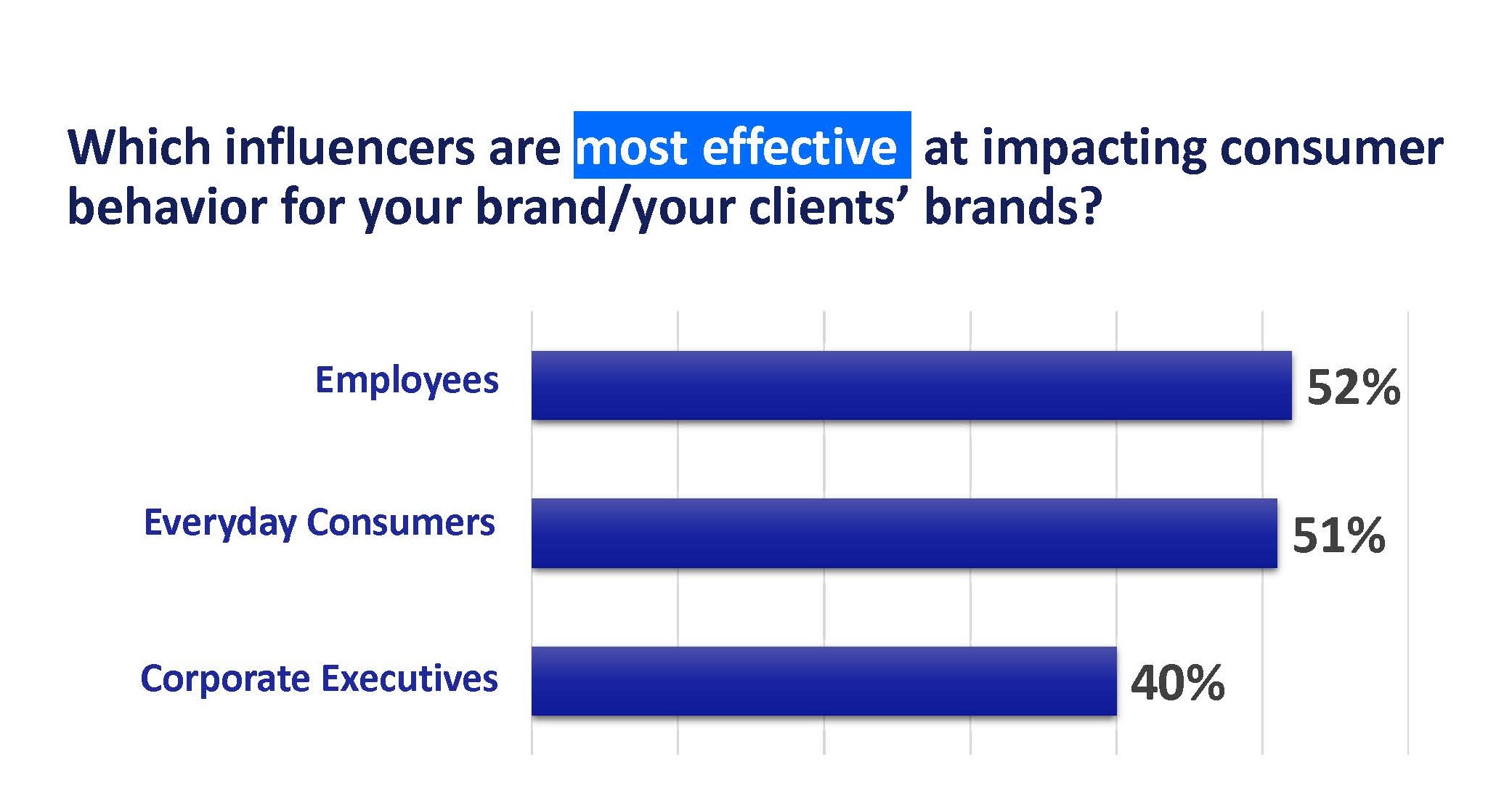
This is a sharp contrast to last year, when celebrities (36%) were still relatively influential, everyday consumers held the top spot (57%), and employees (44%) had more modest rankings. The growing trend toward employee advocacy is especially noteworthy, showing that audiences are increasingly drawn to voices they perceive as authentic and relatable.
Another key area of brand influence lies within the platform itself: 53% of comms leaders said branded social media was the most effective channel for influencing audience behavior.
Key takeaway: Tap into the combined power of employee advocacy and social media by encouraging your internal teams to share content, insights, and behind-the-scenes glimpses of your brand. Or consider giving valued subject matter experts more ownership of content. This could include having them write thought leadership articles you can reshare on your brand's LinkedIn or involve them in webinar discussions they can promote across their own social feeds. This helps you demonstrate knowledge and authority on key topics and build trust with audiences. Additionally, focus on cultivating relationships with niche influencers who have deep expertise in specific areas relevant to your brand. This allows you to tap into smaller, yet highly engaged audiences.
Measuring Success: The Importance of Engagement
When it comes to measuring social media strategy success, the 2025 report highlights a notable rise in the importance of comments as a key metric to look at, going from 37% last year to 46%. The increased emphasis on comments reflects a growing desire for deeper, more meaningful interactions with audiences, rather than just superficial likes or shares.
Key takeaway: Aim to foster more two-way communication with your audience. Encourage comments through engaging questions or interactive content. Invest in community management to ensure you are responding to and engaging with users, fostering long-term brand loyalty that goes beyond click-throughs.
Actionable Tips for PR Teams Using Social Media in 2025
Social media has clearly become a key business asset, helping brands build awareness and engage audiences. Here are some actionable tips to make the most of your social media strategies.
Strengthen Data-Driven Decision Making: Analytics are now a top priority for PR teams. Ensure you’re using the latest analytics tools to monitor audience behavior and sentiment, measure campaign success, and optimize your content in real time.
Experiment with Paid Social and New Platforms: As paid social media continues to grow in importance, it’s time to experiment with targeted ads on platforms like Facebook, Instagram, and TikTok. Consider allocating part of your budget to test these platforms and refine your targeting strategy based on performance.
Leverage Employee Advocacy and Micro/Niche Influencers: Invest in building an employee advocacy program to boost brand authenticity, and leverage micro- and niche influencers to engage with highly targeted segments. These influencers are often more relatable, helping build trust with specific consumer groups.
Focus on Engagement Over Reach: Prioritize comments and interactions over simple shares. Foster authentic conversations with your audience by asking engaging questions and responding promptly to feedback. Social media should be a conversation, not a broadcast.
Stay Agile and Experiment with Emerging Trends: While major platforms like Facebook and LinkedIn remain staples, don’t overlook emerging platforms like TikTok and newcomers like BlueSky. Stay agile and be open to experimenting with new tools and trends that may resonate with your audience.
Beyond brand building, social media provides a great way to build relationships with journalists, enhance your media relations strategies, and keep up with industry trends.
For more ways to leverage social media, check out our tip sheet, Four Ways to Use Social Media for PR.
The Future of Social Media in PR
The landscape of social media continues to shift, with new trends emerging in both influencer strategies and measurement practices. PR and communications teams must remain agile, relying on data and evolving platforms to build authentic relationships with their audiences. By adapting to these changes, leveraging new opportunities, and focusing on meaningful engagement, your PR team can thrive in the ever-changing social media ecosystem.
For more insight into how PR teams around the world are navigating these changes, download the full 2025 Comms Report.
Most Recent Posts
Cision Resources
-
E-books and Guides
Comprehensive how-to guides on strategy and tactics
-
Case Studies
What are other brands doing – and how can we learn from them?
About Mary Lorenz
Mary Lorenz is Director of Content and Creative at Cision. She oversees the editorial strategy at Cision and writes about best practices and thought leadership for marketing, communications and public relations professionals. She has a background in marketing, public relations and journalism and over 15 years of experience in copywriting and content strategy across a variety of platforms, industries and audiences.
Learn More. Do More. demo new
PR Tips, Case Studies, and Product Updates
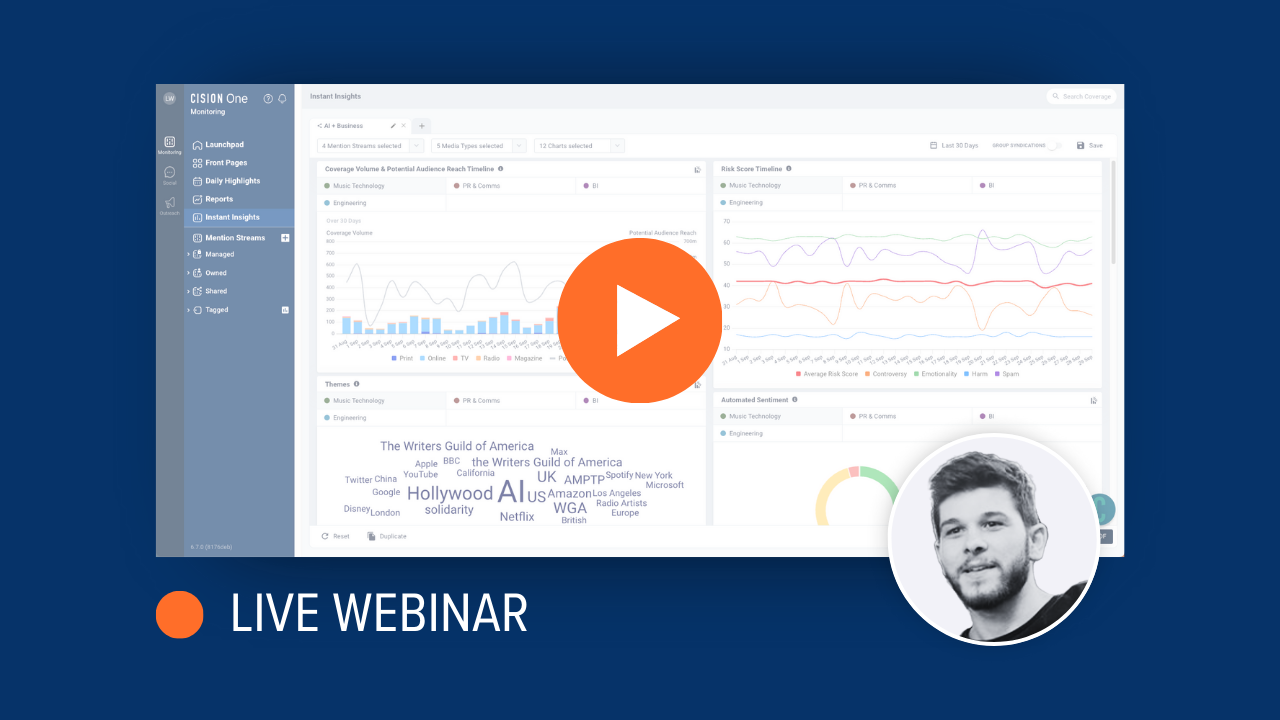
[On-Demand Webinar] The Next Generation of Media Intelligence: From Gorkana to CisionOne
Explore CisionOne, a revolutionary media intelligence platform, and the evolution of Gorkana. Learn key features and strategies from Luke Williams, CisionOne Product Marketing Manager. Elevate your media outreach to new heights!


